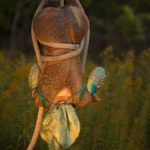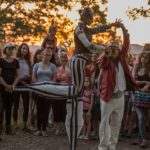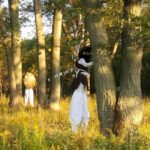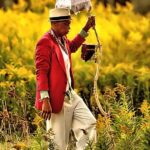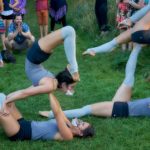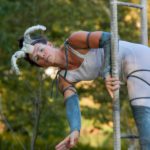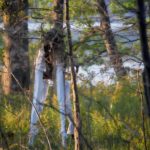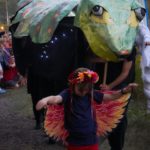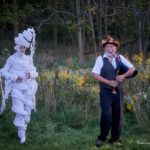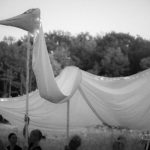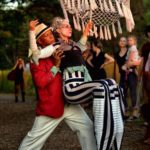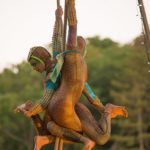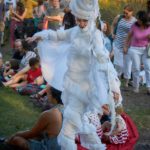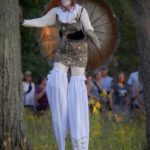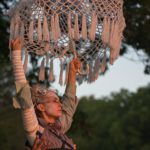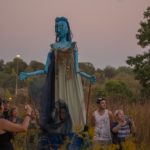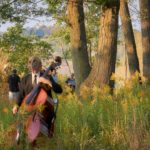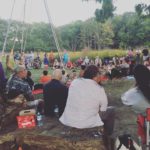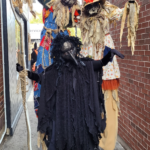Thank you to all our volunteers, performers and audience members for making this, our first annual Paradise Project a success!
Paradise Project 2018 TBA
- Diane McGrath-Lokos as cicada
- Tanis Macarthur and Learie McNicolls
- Abra Bergen
- Learie McNicolls – dancer
- Otter Acrobats
- Audience travelling through the meadow
- Holly Treddenick
- Performers
- Woodland creature
- Cicada aerialists
- Melanie Skene’s giant Caterpillar puppet
- Loralee McGuirl as Fire Goddess
- Stephanie Park, MC and Robin Aggus
- Melanie Skene’s giant crane puppet
- Stilt Dancers
- Forest Goddess Holly Treddenick
- Cicada Aerialists
- Master of Ceremonies
- Turtle creature
- Caterpillar puppet by Melanie Skene
- Stilt dancer Tanis Macarthur (and costume designer)
- Water Goddess puppet by Melanie Skene
- Fantastic Forest Creatures with Michael Morritti
- Old Mush Singers from Six Nations
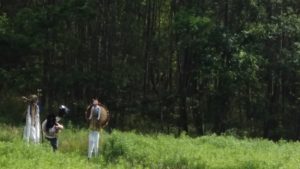 ABOUT THE PROJECT
ABOUT THE PROJECT
The Paradise Project is an outdoor theatrical spectacle taking place September 23rd 2017, 6:00 pm in the meadow of Princess Point in Hamilton Ontario. This a free event and is family friendly. A 60 minute history of the area is told through puppetry, theatre, aerial acts, music, stilt walking creatures and song. It is an event to raise awareness and celebrate the ongoing restoration, revitalization and conservation of this sensitive and important ecosystem. Our vision includes giant puppets, elaborately costumed actors, dancers and musicians. All artists will be paid for their work on this free public event and your contribution will help ensure this happens.
Cootes Paradise has always been a home for various species of birds, animals and plants. Indigenous people lived and fished here before and during the colonization of the area by United Empire Loyalists and European traders. Lady and Lord Simcoe visited this area in 1796 and documented their findings in diary entries and watercolour illustrations attributing to its beauty. As the Hamilton population grew so too did the hunting and fishing in Cootes Paradise and in the 1930’s a new group of settlers built a shanty town on the edges of the marsh. The city displaced these people during the Hamilton beautification project and the marsh became part of the Royal Botanical Gardens as well as a bird sanctuary. Still, the sensitive ecosystem is being harmed by invasive species, local sewer run-off and toxic run-off from a nearby park that was once the city’s dump. Raising awareness of these problems and celebrating the beauty and preservation of this oasis so close to the inner city is important to Hamilton and to Canada as this body of water is at the “head of the lake” (Lake Ontario) and was once heavily populated by Indigenous peoples as well as playing a significant part in the War of 1812.




